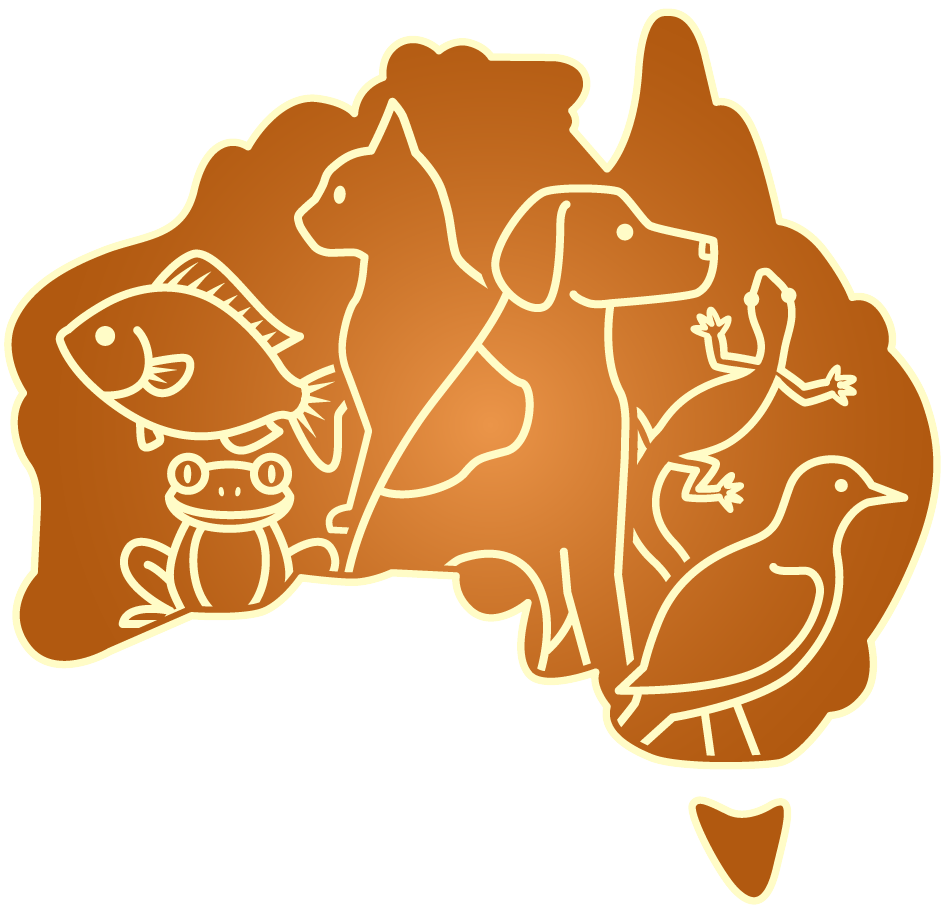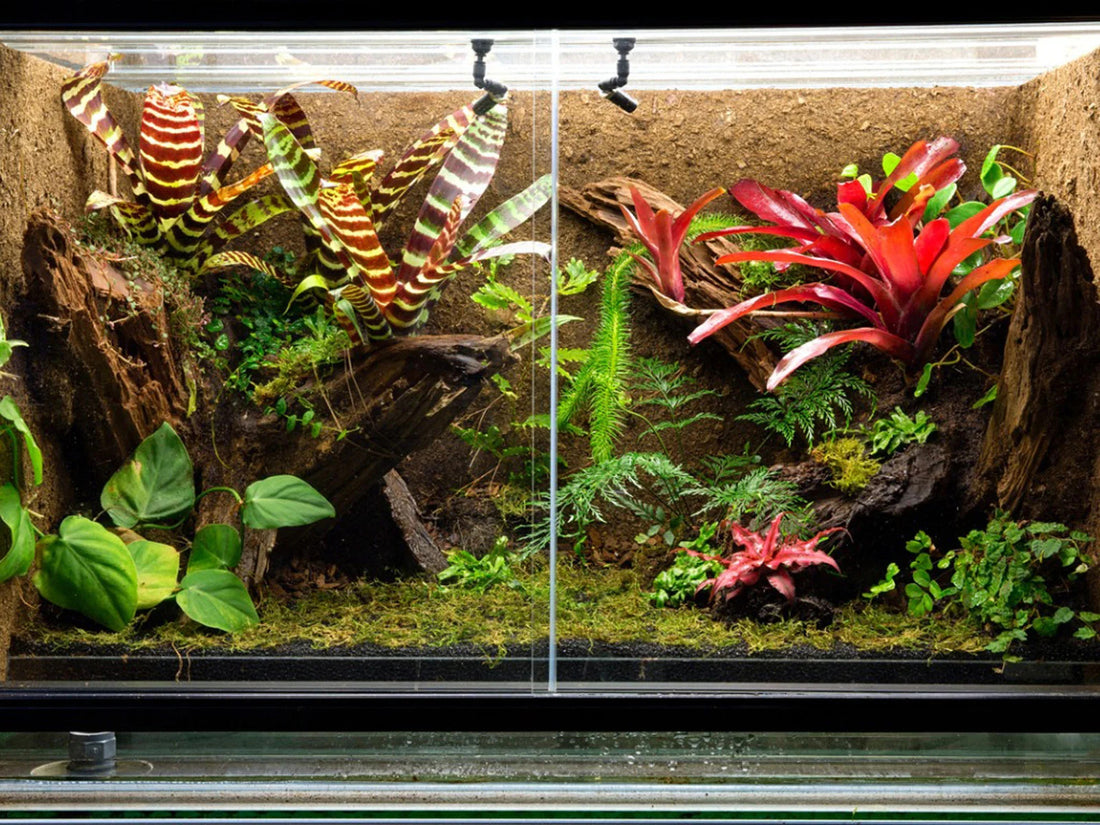Reptiles are enchanting creatures, each with its unique habitat needs and individual care requirements. In Australia, where a diverse range of reptiles call home, setting up a reptile terrarium can be both an exciting and rewarding endeavour. If you're considering joining the vast community of reptile enthusiasts or have just adopted your very first reptile, it's essential to create a suitable living environment for your pet. Here's a comprehensive guide to help you establish the perfect reptile terrarium.
Understanding Your Reptile's Natural Habitat
Before diving into terrarium setup, invest time in understanding your reptile's natural habitat. Australia hosts a variety of reptiles, from the coastal-dwelling Blue-Tongued Skink to the desert-loving Bearded Dragon. Their natural environments vastly differ, influencing terrarium needs.
Choosing the Right Terrarium
-
Size: Ensure the terrarium offers ample space for your reptile to move, grow, and exhibit natural behaviours. As a rule of thumb, bigger is usually better.
-
Type: Terrariums come in various types—tropical, desert, and aquatic, to name a few. Your reptile's natural habitat will dictate the type you should choose.
-
Ventilation: Proper airflow is crucial. Many terrariums come with mesh lids, which provide both security and adequate ventilation.
Substrate Selection
Substrates, or the 'bedding' of the terrarium, serve both functional and aesthetic roles.
- Desert Dwellers: Sand or reptile carpet are ideal for species like the Bearded Dragon.
- Tropical Species: Coconut fibre or moss works best as it retains moisture, benefitting species such as the Green Tree Python.
- Aquatic Reptiles: A mix of water and non-abrasive rocks or pebbles is ideal.
Remember to avoid substrates like cedar or pine shavings, which can be harmful.
Landscaping and Decor
Landscaping not only makes the terrarium visually appealing but also provides your reptile with places to hide, climb, and bask.
- Hiding Spots: Reptiles need privacy. Incorporate caves or hidey-holes.
- Climbing Structures: Especially for arboreal species, branches or vertical structures are essential.
-
Water Sources: Fresh water should always be available. Depending on the species, this could be a small dish or a large basin.
Lighting and Temperature
Reptiles are ectothermic, meaning they regulate body temperature using their environment.
- UV Lighting: Many reptiles require UVB light to synthesise Vitamin D and absorb calcium. This is especially crucial for diurnal species.
- Basking Lights: Create a temperature gradient within the terrarium with a basking light on one side.
-
Nighttime: Ensure the temperature doesn't drop too low by potentially employing ceramic heat emitters or under-tank heaters.
Humidity Control
For many reptiles, especially tropical species, humidity plays a vital role in their well-being.
- Misting: Regularly misting the terrarium can increase humidity levels.
-
Humidifiers: For species requiring consistently high humidity, a reptile-specific humidifier might be necessary.
Final Touches and Maintenance
With the terrarium set up, regularly monitor temperature and humidity levels using a thermometer and hygrometer. Regular cleaning, including substrate changes and sanitisation of decor, ensures a healthy environment. Don't forget to provide a balanced diet suitable for your specific reptile species.
Establishing a reptile terrarium requires careful planning, understanding your reptile's specific needs, and regular maintenance. Once set up correctly, it serves as a safe, enriching environment for your pet and a visual treat for observers. And remember, whenever in doubt, consult experts or visit our store's wide range of reptile products to ensure you're making informed choices for your scaly friend.

